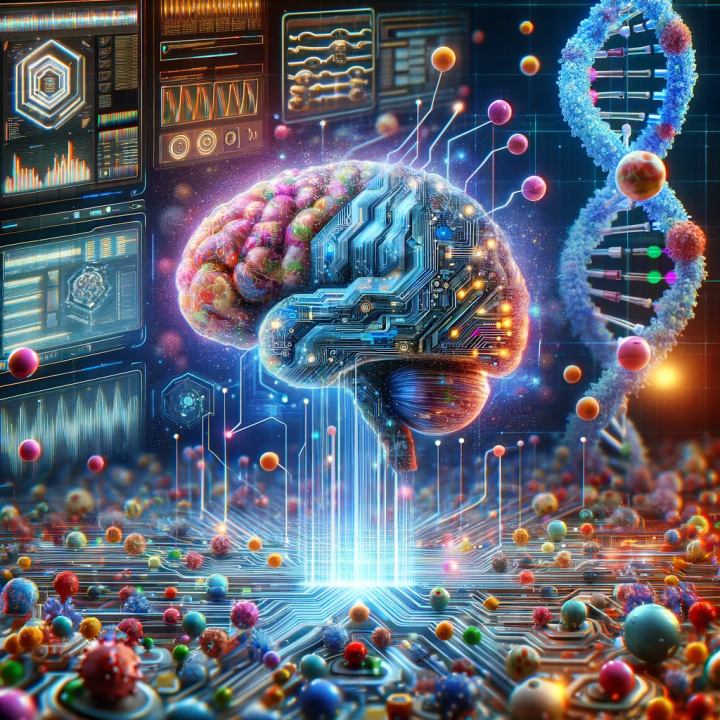Unleashing AI's Power: How Large Language Models are Reshaping Drug Discovery

Introduction to Large Language Models: The advent of Large Language Models (LLMs) in artificial intelligence has ushered in a transformative era across various industries, including pharmaceuticals. Trained on extensive text data, LLMs possess a unique capability to understand and generate human-like text. This remarkable feature is a testament to vast training on diverse datasets and offers a glimpse into their potential applications in fields like drug discovery.
The Integration of LLMs in Drug Discovery: The incorporation of LLMs into drug discovery processes signifies a significant departure from traditional methodologies, which have been historically time-consuming and labor-intensive. To appreciate this transformation fully, it is crucial to explore the conventional practices in drug discovery and compare them with the innovative approach introduced by LLMs.
Traditional Methods in Drug Discovery: Traditionally, discovering effective drug compounds has been a meticulous and lengthy process. A critical aspect of this process involves understanding the intricate structures of proteins, pivotal in disease mechanisms and drug interactions. Scientists typically deduce these structures from the sequences of amino acids that make up the proteins, often requiring the construction of proteins’ 3D structures. While accurate, these methods demand significant computational resources and time, often spanning several months or even years for a single protein structure.
The Role of LLMs in Streamlining the Process: In contrast, the introduction of LLMs have offered a more efficient and resource-effective approach. These advanced AI models, trained on vast datasets of textual information, including scientific literature and protein databases, have an extraordinary ability to discern patterns and relationships within the data. Applied to drug discovery, LLMs can leverage their learned understanding to predict interactions between different molecules, including amino acids and potential drug compounds.
Rather than calculating the 3D structure of each protein laboriously, LLMs evaluate the likelihood of various amino acids pairing in a functional protein or interacting effectively with a drug molecule. This predictive capability is rooted in the models’ deep understanding of molecular biology and pharmacology, gleaned from vast amounts of training data. In many of the discussions on my podcastI have had the pleasure to discussing different approaches and learning from my guests on this topic.
Accelerated Screening of Drug-Protein Pairs: This approach can significantly accelerate the screening process. LLMs can rapidly analyze and predict interactions across millions of potential drug-protein pairs, a task impractical with traditional methods. This rapid screening not only saves time but also enables researchers to focus on the most promising candidates early in the drug development process. The ability of LLMs to sift through extensive combinations and propose viable drug candidates can lead to more efficient research, reduced development times, and potentially quicker pathways to clinical trials.
Impact and Future Prospects: In my opinion the impact of LLMs in drug discovery will be profound, especially in reducing the time and resources needed to identify promising drug candidates. This efficiency paves the way for quicker development of effective drugs and the potential reduction of drug costs. Additionally, by decreasing failure rates, LLMs can contribute to more targeted and successful clinical trials.
As LLMs continue to evolve at an amazing pace, their use in analyzing complex biological data, predicting drug-protein interactions, and suggesting novel compounds for testing will become increasingly significant. The role of LLMs in accelerating drug discovery and development is becoming more evident, with the potential to transform the pharmaceutical industry.
Conclusion: I believe that Large language models will redefine the pharmaceutical landscape that are not obvious. Their ability to rapidly process vast datasets and accurately predict viable drug candidates will revolutionize the development of new medications. As this field progresses, LLMs are expected to play a crucial role in developing more effective treatments, ultimately enhancing healthcare and patient outcomes.